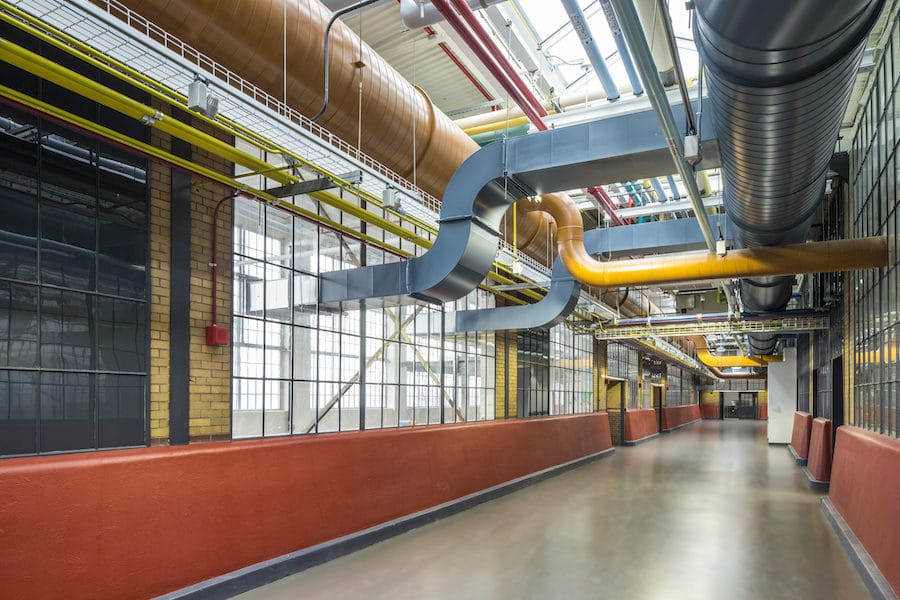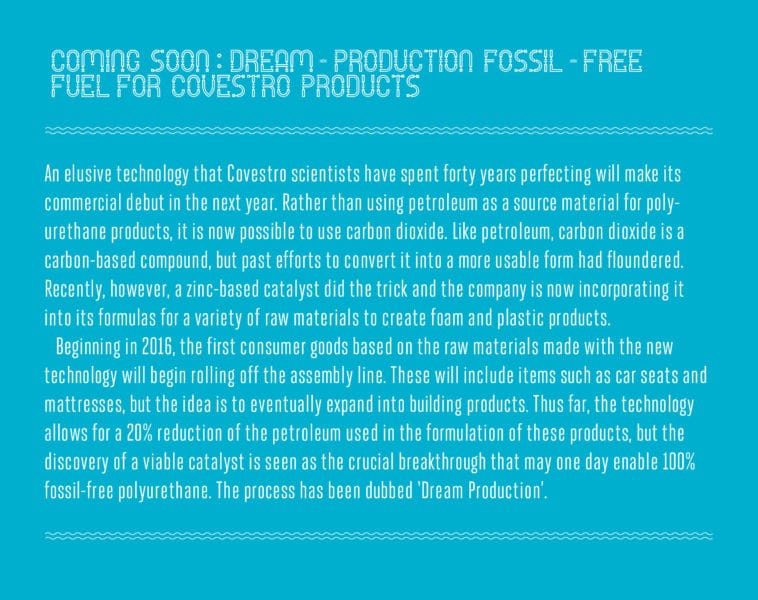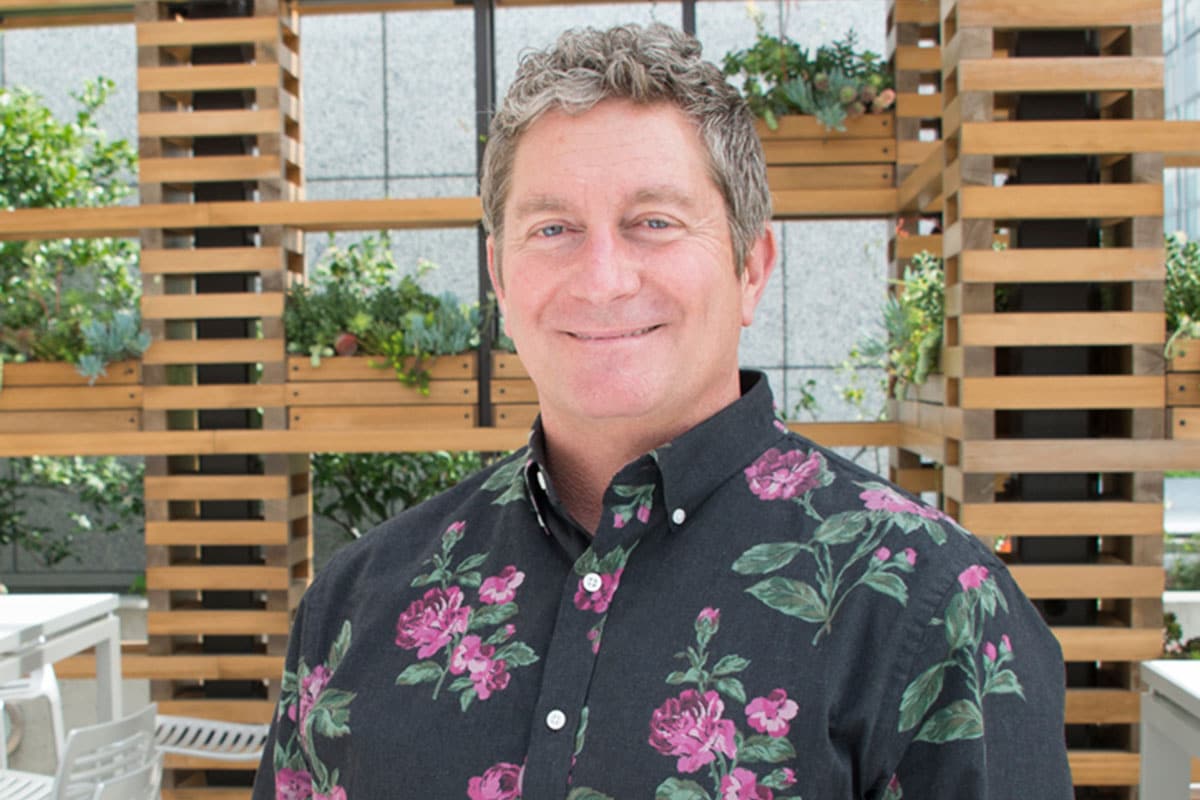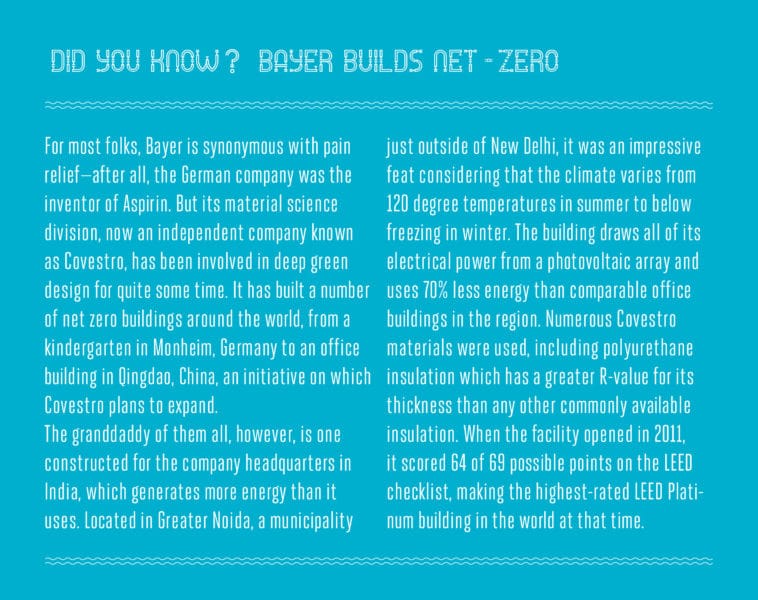The Greater Pittsburgh region is in the midst of a renaissance. The demise of heavy manufacturing and associated unemployment of a few decades past are being replaced by the job growth, younger demographics, and urban revitalization of a resurgent economy led by energy, healthcare, education, building, and construction. The region is a fixture on “most livable” lists. The city center and surrounding neighborhoods are blossoming with chic new housing, restaurants, and nightlife.
The region’s business, governmental, and university sectors are leading its emergence as a center for technology and urban innovation. The Hill District neighborhood on the edge of downtown is now home to the Energy Innovation Center, a place where clean energy solutions are incubated and the green collar job skills of the future are cultivated. Fittingly, the 6.5 acre site was formerly known as the Connelly Trade School, a Great Depression-era workforce development facility where people learned basic trades, such as carpentry, plumbing and automotive mechanics. Today, students at the Energy Innovation Center (EIC) learn the skills of a low-energy future, from installing alternative energy systems to operating advanced HVAC equipment.
The first phase of a massive renovation of the historic structures on the site was completed in 2014 and is on-track for LEED Platinum. Bill Miller, the vice president and COO of Pittsburgh Gateways, the nonprofit that owns and operates the EIC, says the idea was to rebuild the new Connelly Trade School as a “training tool in and of itself.” For example, he says, “our mechanical rooms and electrical closets are designed to be training rooms. It took tremendous coordination between all the designers and contractors to make sure that those were done in a way where the students would be safe and could learn something important.”
- The Energy Innovation Center is a place where clean energy solutions are incubated and the green collar job skills of the future are cultivated.
Covestro—formerly Bayer MaterialScience, an independent subsidiary of the Bayer Group (known around the world as the creator of Aspirin)—has been one of the key industry partners helping to move the EIC forward. Pittsburgh is the long-time home for the North American headquarters of Bayer MaterialScience, so the company is deeply invested in cultivating the local workforce. It is also an opportunity for Covestro to showcase how its products fit into the puzzle of energy-efficient and environmentally-responsible construction techniques. Covestro’s products are featured throughout every nook and cranny of the new building: from the insulation products in the walls and ceilings to the coatings on the floor, each played a role in transforming the 85-year old school into a showcase for the sustainable building practices of the future.
“It’s an iconic building for Pittsburgh, but I’m thirty-seven years old and the perception is that the building has been dormant for most of my life” says TimThiel, Covestro’s industrial marketing manager for building and construction, who grew up in the region. Achieving LEED Platinum status on the project was an epic challenge compared to a Class A office space being built from the ground up today. “We’re talking about a massive, uninsulated, 1930s brick building,” says Thiel. “The hallways are enormous because they actually used to drive vehicles throughout the building.”
Those hallways/roadways are now covered with decorative concrete coatings based on raw materials from Covestro. Overhead, the exposed piping and ductwork are color-coded and labeled for educational purposes. Modern LED light fixtures with Covestro’s polycarbonate lenses illuminate the interior, while some of the more idiosyncratic elements of the original structure have been given a new purpose—the old indoor swimming pool, for example, is now an ice storage system for the air chillers. “They create the ice in the off hours when power is cheaper and then store it there to be used during peak energy hours,” says Thiel.
“We got involved [with the EIC] because of the products and services we were able to provide to make energy efficiency happen in that structure,” he adds. “It’s really in our wheelhouse and it connects to everything that we stand for at Covestro.”
The Energy-Conserving Power of Polyurethane
In the first year after the EIC retrofit was completed, the annual expenditure for gas at the Connelly Trade School site took a nose dive from $450,000 to an estimated $145,000. As a historic structure, there was no possibility to re-orient the building for maximum solar gain or open up the interior to daylighting. Instead, the savings resulted primarily from one simple solution: insulation. Any first year architecture student can tell you that the thicker the insulation, the greater thermal resistance a building envelope will have. What is less commonly known, however, is that of all common insulation materials, polyurethane insulation provides the maximum insulation value per inch—a characteristic that proved vitally important in the EIC retrofit.
“Insulation is a major focus for us when it comes to sustainability,” says Jim Lambach, Covestro’s building and construction market manager. In its liquid form as a paint, adhesive or sealant, polyurethane is a household name around the world, but Covestro polyurethane is also used in three different insulation products based on the solid, foam-like form of the substance. Polyiso Boardpanels made with Covestro raw materials, which have an R-value of 30 at only 6 inches thick, were used to insulate the roof at EIC. The walls were insulated with Covestro’s EcoBay spray foam insulation, which has an R-value of 6.9 per inch.
Besides insulation value, designers will be comforted to know that Covestro’s polyurethane insulation has very low VOC content and is made without ozone depleting CFCs. Bayer MaterialScience is the inventor of polyurethane and was recently a principal author for the industry-wide EPD (environmental product declaration) for the substance. Another astonishing and underreported fact about polyurethane insulation is this: over the course of the lifespan of the building, it saves 70 times more energy than was used to produce it. There are very few products you can say that about.
But at EIC there was another, very practical reason spray foam insulation was chosen for the walls. Because of the Connelly Trade School’s status as an historic landmark, there were severe limitations to how the building could be altered during the renovation process, “especially aesthetically,” says Miller. “To get the R-value that we specified on our energy modeling we needed a 6-inch wall. We got a lot of pushback from the historic preservation folks, but with the Bayer spray foam product we were able to do it in half the thickness, so we reached a compromise and were able to move forward.”
Technical Depth and Market Breadth
“I can sum up our mission in two words: innovation and sustainability,” says Jerry MacCleary, Covestro’s president for North American operations. Since inventing polyurethanes and polycarbonates decades ago, Bayer MaterialScience has been driven by innovation, delivering new technologies and solutions that help make a positive impact on people’s lives every day. Over the years the company’s businesses— and name—have changed, incorporating more and more of an emphasis on sustainability. That evolution continues and has recently crystallized with a new name and organizational structure. Bayer MaterialScience has redefined itself in a new light as an independent company—Covestro—as of September 1st, 2015.
The brand new company has a “bold new direction,” says MacCleary. “Our goal is to create material solutions that push the boundaries of what is possible, all the while keeping an eye toward sustainability.” The company’s name is derived from a combination of words that reflect its new identity. The letters C and O represent commitment to collaboration, while VEST signifies the company’s investment in state-of-the-art manufacturing facilities. The final letters, STRO, demonstrate the company’s strengths in innovation, markets and talent.
According to MacCleary, these values and goals have been developed through input from employees around the globe and are much more than words. They represent an evolution in the way the organization approaches material development, its customers and the planet. “At Covestro, we place the utmost importance on sustainability, innovation, and responsibility—all with a strong customer focus. Our ongoing emphasis on innovation is crucial to advancing the industry overall, enabling our customers to achieve their visions, and continuing our development,” explains MacCleary. “By holding our company to the highest standards of sustainability, we are not only safeguarding the future of our planet but also positioning our customers for future business success.”
Breadth of Applications
Although the company’s name has changed, Covestro is built on a strong foundation of decades of proven materials, technology and process expertise. These assets put the company in a position to retain its standing as a leading provider of advanced material solutions for diverse industries, including automotive, personal care, medical, industrial, electronics, furniture and building and construction. “We have been and will continue to be a leader in high-tech polymers,” says MacCleary. “Now, as an independent company, we simply get to do it faster, more effectively and with greater flexibility.”
Currently, buildings are responsible for about 30% of global greenhouse gas emissions and 40% of global energy use. Covestro’s decades of experience in the building and construction market put the company in a position to blaze the way toward a net zero and, ultimately, a net positive future. In addition to its polyurethane insulation products, Covestro offers creative, cutting-edge materials and technologies that can help to address sustainability challenges across the full breadth of the building and construction market.
Building façades, roofs, windows, and doors can all utilize Covestro’s material solutions. Its polycarbonate sheeting lends nearly unbreakable strength to skylights, roofs, facades, canopies, and windows. It enables effective daylighting, while its durability and formability offer protection without sacrificing design. Covestro also has a large portfolio of polycarbonate materials designed for lighting applications, including several developed specifically for LEDs. Lighting designers can choose from LED-grade materials offering properties such as high reflectivity, low viscosity, heat stability, flame-retardancy and uniform light diffusion. These are available in both transparent forms and diffusion colors.
The list goes on. Covestro has high-performance window stiffeners formed from polyurethane composites that are a more energy-efficient alternative to aluminum. Its polyurethane raw materials also make their way into high-strength, lightweight and abrasion-resistant doors. Covestro’s coating, adhesive, and sealant technologies are found in high performance coatings for roofs, walls and floors, adhesives for wood floors and roofing, and sealants for windows and doors.
The company also provides an impressive selection of industrial raw materials that go into concrete floor coatings that are available in nonsolvent, water-borne, solvent-borne, one-component and two-component formulations, providing more choice to architects and specifiers. These low-emission, energy efficient customizable coatings contribute to improved environment quality. They also supply the polyurethane raw materials for adhesive and sealant technologies that include low-VOC options for buildings. These polyurethane-based products are highly durable for long term use as sealants around doors and windows or as adhesives for securing roofing membranes or roof insulation.
With its proven track record in the building and construction industry and wide range of material solutions, Covestro helps designers create functional, attractive, and sustainable buildings. “By leveraging our strong foundation in the market,” says MacCleary, “Covestro will continue its objective to build a brighter future.”
Investing in the Bottom of the Pyramid
Richard Northcote, Covestro’s head of communications, public affairs, and sustainability, says there has been a profound shift in the impetus for corporations to adopt sustainability practices over the course of his career. “15 or 20 years ago all the pressure was coming from government,” he says, “and most industries really retaliated and tried to get them to change the way they were thinking.” More recently, says Northcote, demand for reduced emissions and energy consumption has risen to a full-throttle choir from the throats of consumers, who have their spending power behind them. “That’s the best way to get an industry to change. When the market demands something other than what you’re giving them, it gives you a very strong business case.”
Bayer MaterialScience has sought to reduce the energy required internally for its manufacturing facilities all along, but now that it has shifted gears as Covestro, Northcote says the full scope of its research and development capacity is aligned with a sustainability mandate. With an army of 1,400 scientists and some 400 R&D projects in the pipeline, Covestro is poised to commercialize the technologies of positive energy buildings in a way that few other corporations are. In fact, the company has sponsored the construction of several net zero and positive energy buildings over the years, including its Indian headquarters outside New Delhi, which is regarded as one of the most energy efficient buildings in the world.
“Sustainability and innovation fit very close together,” says Northcote. “Every single project in the R&D pipeline is tested on sustainability grounds—it must have less impact on the environment than whatever it is replacing….sustainability sits at the heart of our strategy.”
So while Covestro is in the business of manufacturing chemicals, its leverage in the business world comes with the immense volume of influence it has on how its technology is applied. The average consumer may not realize it, but Bayer materials are everywhere around them, from the clothing they wear to the bed they sleep on to the walls of their house. “There are major brands all over the world that have come out with very strong sustainability conditions,” says Northcote, “and these are our customers. We are responding to their desire and we’re passing that back down the chain—we are demanding from our suppliers that we get more sustainable products and that they become more efficient in their manufacturing processes.”
What this means is that it’s not just high-end homes, Class A office buildings and iconic public buildings that will be built to LEED or equivalent standards in the future, it’s every single structure in the world. It means that energy efficient design will not be ‘different,’ it will be the norm. Such dramatic transformation will not happen overnight, but it’s an opportunity that awaits the coming generation. Young consumers are demanding these changes and young workers are making them happen. By banking on the validity of these assumptions, Northcote says, as a new company, Covestro has adopted the strategy of investing in sustainable business models at the “bottom of the pyramid.”
Covestro is notable for not having a separate sustainability department. “We’ve deliberately kept away from that,” says Northcote. “We have a few people that work centrally on the inclusive business idea of taking these technologies to the base of the pyramid, but I can have conversations with anybody at any level in this organization and they’re all switched on to sustainability—whether I’m talking to the guys that work in the plants, the secretaries in the offices or to the executives themselves.”
He believes that this company culture will make Covestro very appealing to prospective employees in the millennial set. “People coming out of universities today have a view about what society should be doing about the environment and what they want to do to make the world a brighter place,” says Northcote. “So the way we are positioning ourselves is actually very valuable in the recruitment arena.”
The Global Connection
Pittsburgh is far from being the only community in which Bayer MaterialScience has invested. Northcote is based in Germany and often travels to different parts of the world to check in on projects where the company is testing out new technologies that are in various stages of commercialization. He was recently in the Philippines for the groundbreaking of a Covestro-led initiative to build new typhoon-resistant housing in Tacloban, the area devastated by Typhoon Haiyan less than two years ago, which left at least a half-million families homeless. In partnership with Habitat for Humanity, the company is helping to build 5,000 houses, which Northcote says is the largest round of new construction to take place since the storm thus far. In total, some 30,000 homes are planned after the initial pilot project.
In order to resist future typhoons, the new homes have been designed to resist 155 mile-per-hour winds using a ‘foam cement’ technology from Covestro and its customer PU Profile, which combines the structural strength of concrete directly with the insulation value of polyurethane. Economic viability was a key design criterion, as well. The houses can be built in five days by a crew of “one qualified builder and nine community members,” says Northcote. “The cost of these is far less than any other low-cost solution that the Philippine government is working on.” So far, one of the prototype houses in the Philippines has weathered six typhoons with no damage.
The housing project in the Philippines is just one of a number that the company has engaged in and it’s part of how Covestro is feeding sustainability into the ‘bottom of the pyramid.’ By commercializing products that are affordable and practical in the context of the developing world, it intends to help ensure a profitable business model as these countries expand economically and consumer demand for ‘sustainable’ goods begins to grow. And, by building sustainability into the fabric of the economy, the hope is that the remaining developing countries of the world will not end up consuming energy in the way that first world nations have.
“The developed world is benefiting from all these products that we’ve created,” says Northcote. “But one of the biggest problems we have is that the developing world is actually contributing more to climate change than we are as they try to catch up. Energy efficient housing is very important to counter that trend.”
There is no doubt that the coming decade will bring many more examples of net zero and positive energy buildings. It’s a movement to which Covestro already contributes. But by seeding that philosophy in everything it does, and throughout every corner of its global reach, it’s possible that a generation from now the majority of the built environment will resemble that vision.







